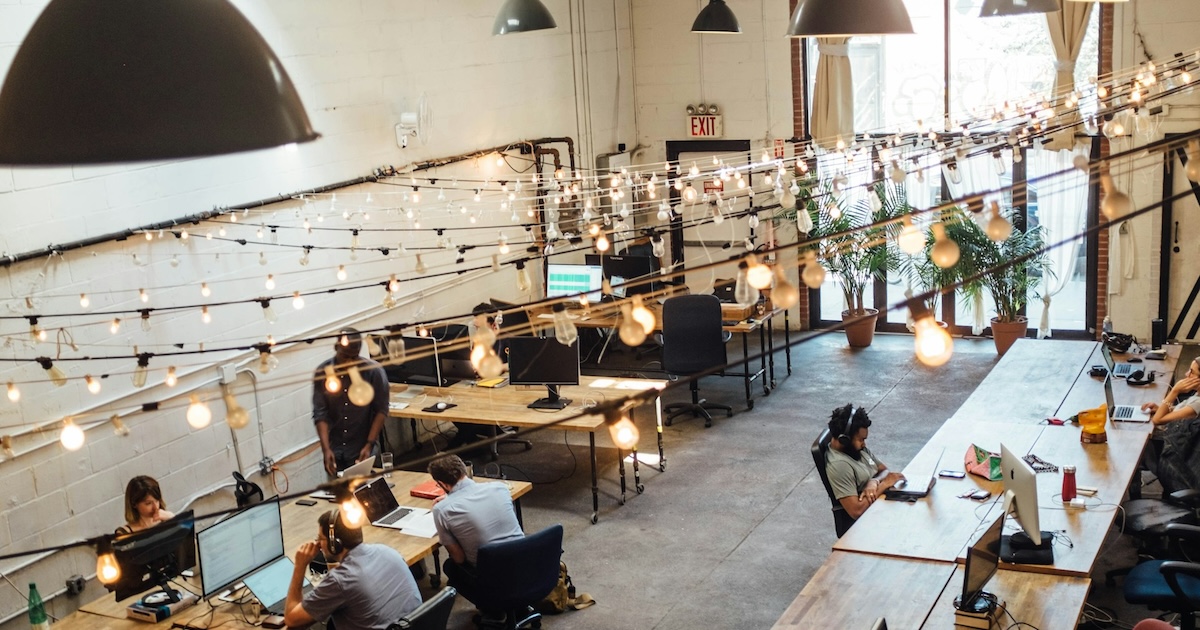The state of DEIB and bias awareness as we enter H2 2025


The state of DEIB and bias awareness as we enter H2 2025
Aug 20, 2025 12:06:13 PM
Ageism in hiring: When experience works against you


Ageism in hiring: When experience works against you
May 5, 2025 3:37:14 PM
What’s wrong with job posts today?


What’s wrong with job posts today?
Apr 3, 2025 12:06:36 PM
Inclusive Excellence: Bridging Diversity and Meritocracy


Inclusive Excellence: Bridging Diversity and Meritocracy
Apr 1, 2025 11:52:47 AM
5 tips for writing high-quality job descriptions


5 tips for writing high-quality job descriptions
Feb 20, 2025 11:37:50 AM
Looking to hire better? Here's how to improve your quality of hire
.jpg)
.jpg)
Looking to hire better? Here's how to improve your quality of hire
Feb 6, 2025 11:50:14 AM
Merit-Based Hiring: Is it really the best way to find the right candidate?
.jpg)
.jpg)
Merit-Based Hiring: Is it really the best way to find the right candidate?
Feb 6, 2025 10:25:17 AM
Say Goodbye to "5 Years of Experience" in Job Ads – Why and How
.jpg)
.jpg)
Say Goodbye to "5 Years of Experience" in Job Ads – Why and How
Nov 11, 2024 1:53:14 PM
How to retain diverse talent: 14 Effective Strategies [2024 Edition]


How to retain diverse talent: 14 Effective Strategies [2024 Edition]
Aug 16, 2024 1:33:25 PM
Step-by-step guide to a successful recruitment marketing strategy


Step-by-step guide to a successful recruitment marketing strategy
Aug 16, 2024 1:22:10 PM
.png?width=1576&height=1454&name=blog%20listing%20hero%20(1).png)